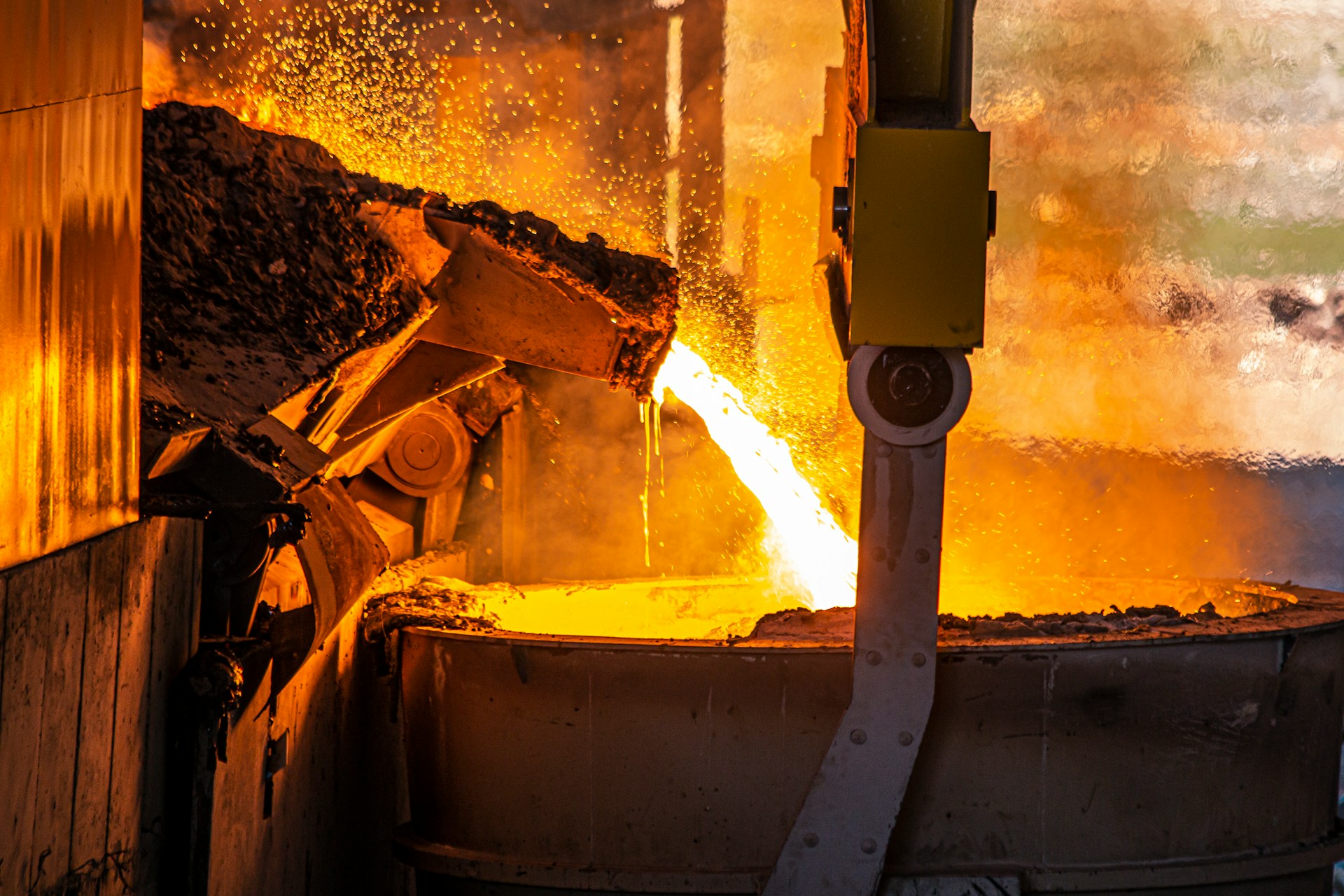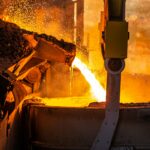Now Reading: Forging a Greener Future in Steel Production
-
01
Forging a Greener Future in Steel Production
Forging a Greener Future in Steel Production

The steel industry has long been the backbone of modern infrastructure, providing the material for everything from skyscrapers to household appliances.
However, its traditional production methods are known for being energy-intensive and having a significant environmental footprint. As global awareness of climate change grows, the industry is undergoing a critical transformation toward sustainability.
This shift involves adopting innovative technologies and eco-friendly processes to reduce carbon emissions, conserve resources, and minimize waste.
This blog post explores the significant strides being made in sustainable steel production. We will examine the key strategies and technologies that are helping to reshape the industry, from advancements in recycling to the integration of renewable energy.
Understanding these changes is crucial for anyone involved in manufacturing, engineering, and supply chain management, as the push for sustainable manufacturing reshapes how we source and use materials.
The Push for Green Steel
The term “green steel” refers to steel produced using methods that result in significantly lower carbon emissions compared to traditional techniques.
The primary goal is to decarbonize the steelmaking process, which is responsible for a substantial portion of global industrial CO2 emissions.
Decarbonization Pathways
Several approaches are being explored to achieve this goal:
- Carbon Capture, Utilization, and Storage (CCUS): This technology captures CO2 emissions from production facilities and either stores them underground or converts them into valuable products.
- Hydrogen-Based Steelmaking: Replacing coal and coke with green hydrogen as a reducing agent in the blast furnace can eliminate a major source of carbon emissions.
- Electrification: Using electricity from renewable sources to power electric arc furnaces (EAFs) for steel recycling is another key strategy for reducing the industry’s carbon footprint.
Enhancing Energy Efficiency
Improving energy efficiency is a cornerstone of sustainable manufacturing in the steel industry.
By optimizing processes and upgrading equipment, steel producers can significantly reduce their energy consumption and, consequently, their environmental impact.
Modernizing Equipment
Many steel plants are investing in state-of-the-art machinery that consumes less energy. For instance, advanced components like high-performance mounted linear ball bearings are being integrated into production lines to reduce friction and improve the efficiency of moving parts.
This seemingly small upgrade contributes to overall energy savings by minimizing power loss in conveyor systems and other machinery.
Process Optimization
Advanced analytics and AI are being used to monitor and control production processes in real-time.
By analyzing data from sensors throughout the plant, operators can identify inefficiencies and make adjustments to optimize energy use without sacrificing output or quality.
The Role of Recycling and the Circular Economy
Recycling has always been a part of the steel industry, but its importance has grown exponentially with the focus on sustainability. Steel is infinitely recyclable without any loss of quality, making it a perfect material for a circular economy.
Electric Arc Furnaces (EAFs)
EAFs are at the heart of steel recycling. These furnaces use high-power electric arcs to melt scrap steel, transforming it into new steel products. The EAF process:
- Uses significantly less energy compared to producing steel from iron ore.
- Produces far lower CO2 emissions, especially when powered by renewable electricity.
- Reduces the demand for raw materials, conserving natural resources.
By increasing the use of EAFs and improving scrap collection and sorting systems, the steel industry is moving closer to a closed-loop production model.
Water Conservation and Management
Steel production is a water-intensive process, used for cooling, descaling, and dust control. Sustainable practices in water management are essential for reducing the industry’s environmental impact, particularly in water-scarce regions.
Advanced Water Treatment
Modern steel plants are implementing advanced water treatment and recycling systems. These systems allow water to be cleaned and reused multiple times within the facility, dramatically reducing the overall water consumption.
Closed-Loop Cooling Systems
Instead of using once-through cooling systems that discharge heated water back into the environment, many plants are adopting closed-loop systems.
These systems cool and recirculate the same water, minimizing both water usage and thermal pollution of local waterways.
Reducing Waste and Creating By-Products
The traditional steelmaking process generates various waste materials, including slag, dust, and sludge. Innovative approaches are turning these waste streams into valuable by-products, contributing to a more circular and less wasteful industry.
Slag Utilization
Slag, a glass-like by-product of steelmaking, is now widely used in other industries. It can be processed into:
- Cement and Concrete: Used as a supplementary cementitious material, improving the durability and strength of concrete.
- Road Construction: Utilized as an aggregate in asphalt and road bases.
- Fertilizers: Certain types of slag can be used to improve soil quality.
By finding new applications for slag and other by-products, steel companies are reducing the amount of waste sent to landfills and creating new revenue streams.
Adopting Eco-Friendly Processes Throughout the Supply Chain
Sustainability in the steel industry extends beyond the production plant. It involves a holistic approach that considers the entire supply chain, from raw material sourcing to the final delivery of products.
Sustainable Sourcing
Companies are increasingly focused on responsibly sourcing raw materials, including iron ore and coal. This includes working with suppliers who adhere to strict environmental and social standards, ensuring that mining operations are conducted sustainably.
Green Logistics
Optimizing transportation routes, using more fuel-efficient vehicles, and shifting to lower-carbon transport modes like rail and sea are all part of making the steel supply chain greener.
These efforts help to reduce the carbon footprint associated with moving raw materials and finished products.
The Path Forward for Sustainable Steel
The transition to sustainable steel production is a complex but essential journey. By embracing innovative technologies, prioritizing energy efficiency, and adopting circular economy principles, the steel industry is paving the way for a more environmentally responsible future.
These efforts not only help to mitigate climate change but also drive innovation, create economic value, and ensure the long-term viability of this critical sector. As businesses and consumers demand more sustainable products, the push for greener steel will only intensify, solidifying its role as a building block of a sustainable world.



























